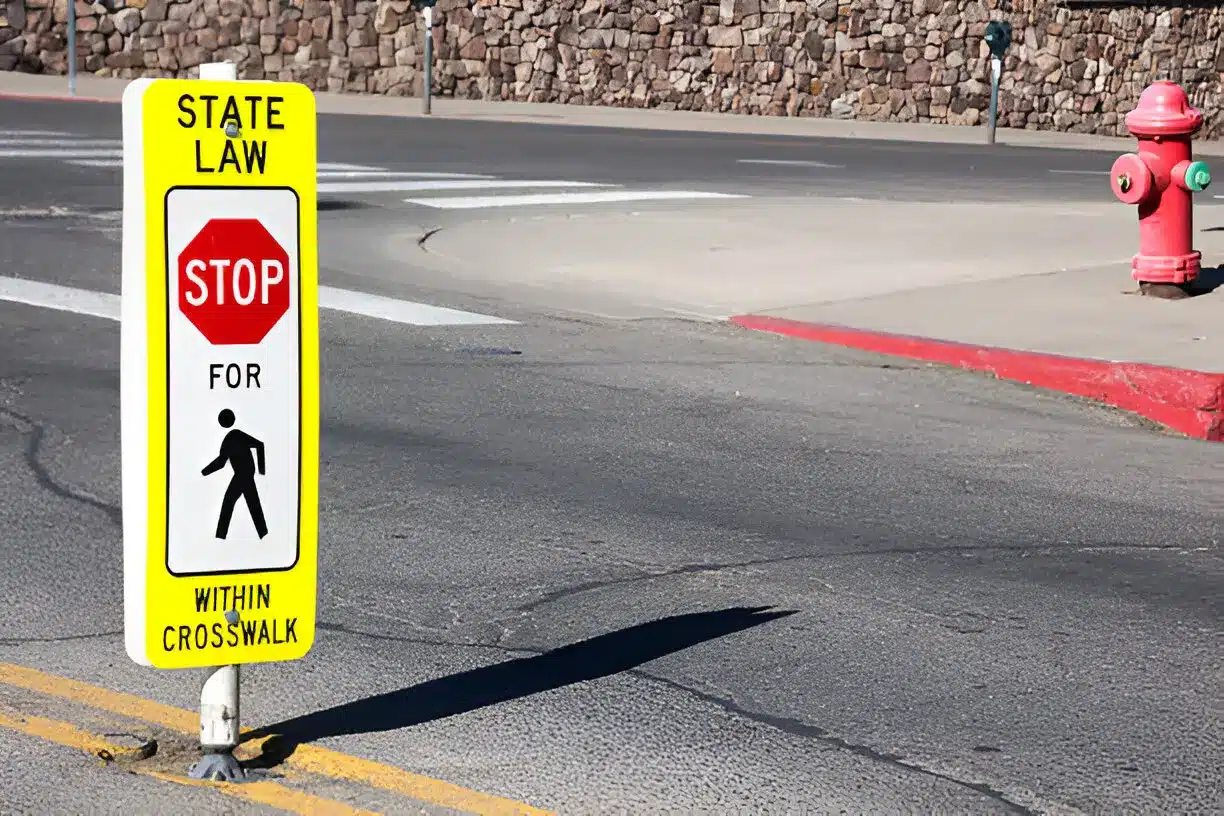Pedestrian safety in the U.S. is rapidly declining, with 2022 marking the highest number of pedestrian fatalities since 1981. According to a recent study by The Schiller Kessler Group, over 7,500 people lost their lives while walking that year—equivalent to one death every 70 minutes.
This concerning trend comes at a time when more Americans are choosing to walk or cycle instead of drive. The study highlights which states and cities are most impacted and explores the main factors driving this growing public safety issue.
The States With the Most Pedestrian Deaths
In 2022, these ten states recorded the highest number of pedestrian fatalities:
- California – 1,158 deaths
- Texas – 797 deaths
- Florida – 773 deaths
- Georgia – 345 deaths
- New York – 303 deaths
- Arizona – 295 deaths
- North Carolina – 257 deaths
- Tennessee – 210 deaths
- Illinois – 191 deaths
- Louisiana – 181 deaths
These states share several common factors: large populations, wide roads with high speed limits, and urban infrastructure that often lacks pedestrian protections.
Urban Centers Facing the Worst Conditions
While statewide figures are significant, some major cities see the highest concentration of pedestrian deaths per capita. Notable examples include:
- Los Angeles, CA – 153 deaths
- Phoenix, AZ – 117 deaths
- Houston, TX – 111 deaths
- New York, NY – 110 deaths
- Memphis, TN – 83 deaths
- Dallas, TX – 72 deaths
- San Antonio, TX – 66 deaths
- Philadelphia, PA – 60 deaths
- San Diego, CA and Tucson, AZ – 54 deaths each
- Austin, TX – 47 deaths
The Main Causes Behind Rising Fatalities
Pedestrian deaths stem from a variety of causes, but the data points to four major risk factors:
1. Speed
Higher speeds dramatically increase fatality risk. A pedestrian hit by a car traveling 58 mph has a 90% chance of dying.
2. Vehicle Size
Larger vehicles such as SUVs and trucks are more likely to cause severe injuries or death. In 2022:
- SUVs, pickups, and vans were responsible for 2,945 deaths
- Passenger cars: 2,196 deaths
- Large trucks: 390 deaths
- Buses: 41 deaths
- Other/Unknown: 836 deaths
3. Dangerous Road Design
Many fatalities occurred on high-capacity roads with speed limits between 45–55 mph, especially in areas with limited sidewalks, wide intersections, and poor visibility.
4. Alcohol Impairment
Alcohol played a role in 48% of pedestrian deaths. Of those, 30% involved a pedestrian over the legal limit and 18% involved an impaired driver.
Who Is Most at Risk?
The study also broke down the demographics of victims:
- Men aged 55–64 had the highest number of deaths at 1,009
- Other male age groups with high fatality rates included:
- 35–44: 986
- 25–34: 880
- 45–54: 809
Among women, those most at risk were:
- Ages 25–34: 393 deaths
- 35–44: 364
- 55–64: 335
Even young children were impacted, with 35 pedestrian deaths among children under age 5 and 33 among those aged 5–9.
Most fatalities occurred between 6 p.m. and 9 p.m., when visibility is reduced and traffic is heaviest.
Solutions: How to Make Walking Safer
The increase in pedestrian deaths is not inevitable—it’s preventable. Experts recommend several changes:
- Install and maintain sidewalks to physically separate pedestrians from traffic
- Enhance street lighting to improve driver visibility at night
- Lower speed limits in pedestrian-dense areas
- Enforce traffic laws related to speeding and impaired driving more strictly
Final Thoughts
Pedestrian fatalities are at a historic high, but the data provides a roadmap for change. As The Schiller Kessler Group’s study reveals, common-sense infrastructure upgrades, stronger enforcement, and smarter vehicle design could reverse the trend and save lives.
For a deeper look into the data and full analysis, click here to read the full study.
Also Read-Top Data Science Tools Powering Modern Fintech Solutions










